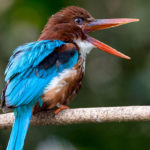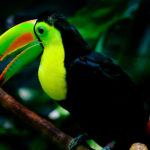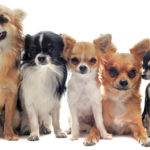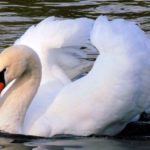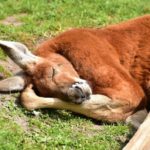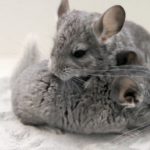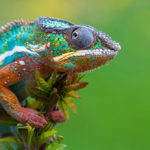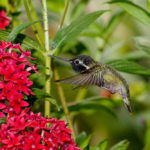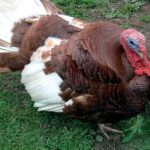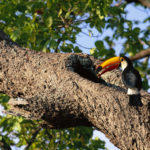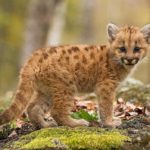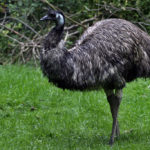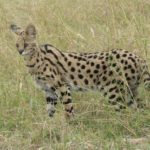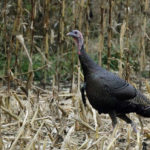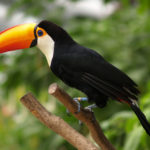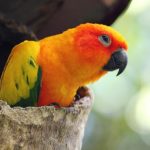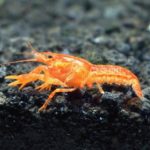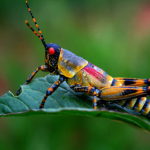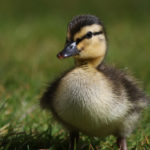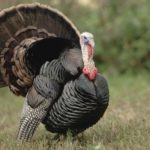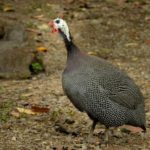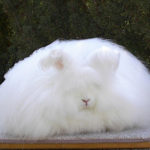Pheasants – information
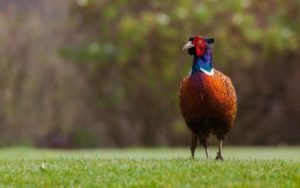 Pheasant is a medium sized bird, but larger than a jungle hen and a chicken. Dimensions of her body are about 50-85 centimeters, and the weight ranges from 900 to 1800 grams. The body is large enough and dense, the neck is of medium length, and the head is rather small. The tail is very long and has a V-shape. Wings are also quite long, their range is up to 90 centimeters. Legs of medium length, strong and four-fingered: three fingers facing forward and one back.
Pheasant is a medium sized bird, but larger than a jungle hen and a chicken. Dimensions of her body are about 50-85 centimeters, and the weight ranges from 900 to 1800 grams. The body is large enough and dense, the neck is of medium length, and the head is rather small. The tail is very long and has a V-shape. Wings are also quite long, their range is up to 90 centimeters. Legs of medium length, strong and four-fingered: three fingers facing forward and one back.
The males have well-marked spurs on their legs. The plumage is rather dense and rigid, and unlike many other representatives of the order, the choroid, the pheasant’s ordinary feather is just a patch around the eyes. The color of the male is much more colorful and has shine. The female is usually painted in dull brown tones with brown or black spots on the body. The male has shiny feathers of rich green or yellow-red color. The unopened area around the eyes is bright red.
These birds are used as vegetable food (seeds, grains, berries, plant buds and others), as well as eat various insects and small vertebrates (lizards, rodents). Those representatives who live in the northern regions, trying to accumulate in the fall fat reserves, which then expended in the winter.
The breeding season occurs in March-May months. The common pheasant is polygamous, and the males mate with several females during the breeding season. The mating season is accompanied by the expressive behavior of males, who makes loud cries of call. In this case the male loudly flaps his wings, which creates a strong noise in the forest. The one who screams the loudest and waves the wings more strongly, the more females come to that. Often there are fights for the females. They nest right on the ground in a hollow, on the bottom of which they spread grass, feathers or twigs. Clutch consists of 7-13, and sometimes 18 eggs, which the female incubates on its own 3-4 weeks. The male does not take any of the part in growing offspring.
Since the female almost always sits tightly on the eggs and leaves to feed rarely enough, during the incubation period it loses a lot of weight. Nestlings appear almost at the same time and almost immediately can go for their mother. At first they feed on insects, and then they add vegetative food. Nestlings develop quite fast and can fly within 1-1.5 months, but become completely independent at the age of 4-6 months.


